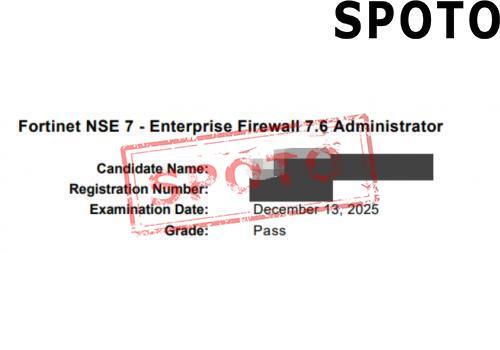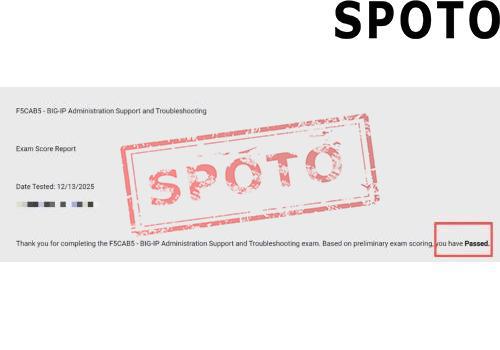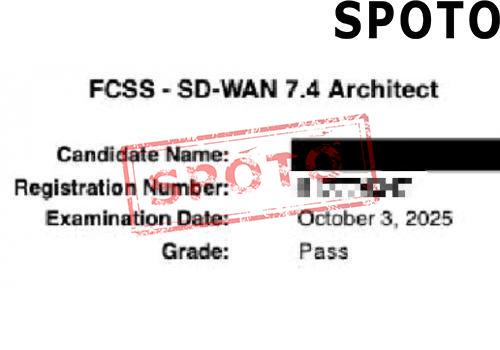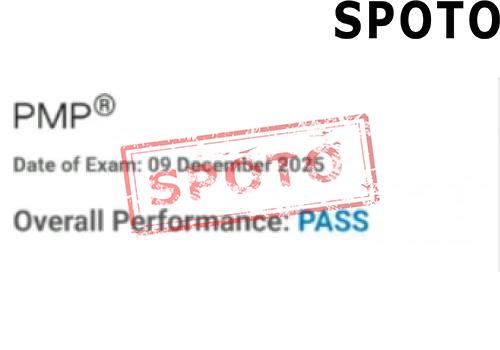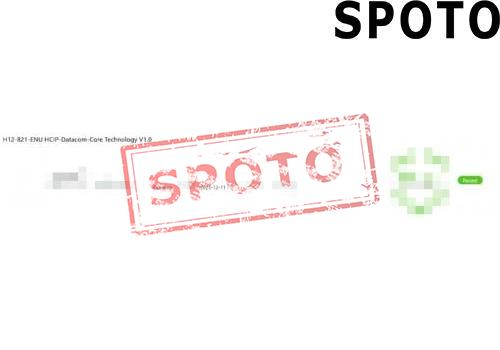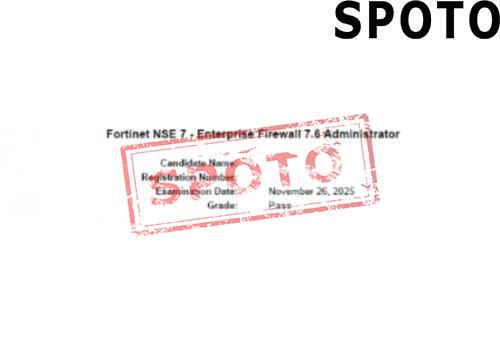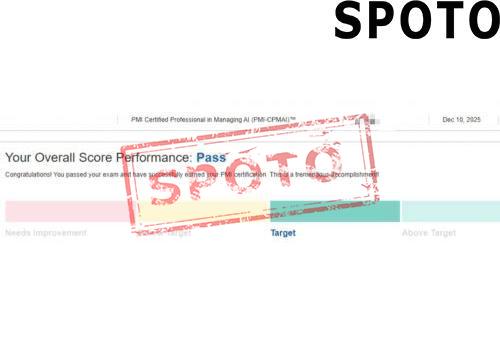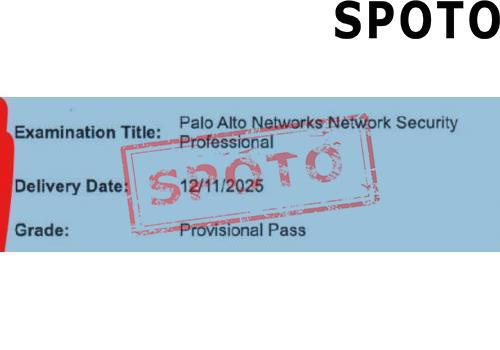
Table of Contents
Have you ever wondered how organizations protect themselves from the ever-evolving landscape of cyber threats? In an age where data breaches, malware, and insider threats are everyday headlines, the role of an IT Risk Manager has never been more vital. But what exactly does this profession entail, and why is it such a promising career choice?
This blog will explore the essentials of IT risk management, outline the key duties and responsibilities of an IT Risk Manager, discuss the benefits and career outlook of this profession, and finally, provide guidance on how to start your journey toward becoming a proficient risk management professional.
1. What is IT Risk Management?
At its core, IT Risk Management is the process of identifying, assessing, and mitigating risks associated with an organization's information technology assets. Organizations today heavily rely on digital infrastructure—cloud services, databases, networks, and software applications—to operate efficiently and competitively. However, this reliance comes with vulnerabilities that cybercriminals frequently exploit.
IT Risk Management involves systematically analyzing potential threats, such as data breaches, hacking attempts, system failures, or insider threats, and implementing strategies to reduce their impact. According to SecurityScorecard's comprehensive guide, effective risk management combines best practices, tools, and a proactive mindset to safeguard critical information, ensure compliance, and maintain business continuity.
In essence, IT Risk Management acts as the organization's shield against cyber threats, helping to prevent costly security incidents and preserve trust with clients and stakeholders.
2. What does an IT Risk Manager do?
Duties and Responsibilities of an IT Risk Manager
An IT Risk Manager is primarily responsible for developing and executing strategies to identify and reduce IT security risks. Their day-to-day tasks include conducting risk assessments, creating security policies, monitoring compliance, and responding to security incidents. They work closely with other departments—such as IT, legal, and executive leadership—to ensure that risk mitigation aligns with broader organizational goals.
Beyond tactical activities, an IT Risk Manager also plays a strategic role by staying ahead of emerging threats and industry regulations. They analyze vulnerabilities in existing systems, recommend security solutions, and oversee implementation. Documenting risk management processes, training staff, and conducting audits form essential parts of their responsibilities.
A typical IT Risk Manager might also manage or collaborate with cybersecurity teams, utilize advanced risk assessment tools, and develop incident response plans. Their key objective is to create a resilient IT infrastructure capable of withstanding attacks while maximizing operational uptime.
Related Job Opportunities
- IT Security Analyst
- Cybersecurity Risk Consultant
- Security Compliance Manager
3. Why become an IT Risk Manager?
Salary and Job Outlook
The career prospects for IT Risk Managers are exceptionally bright. According to industry reports, the average salary for a qualified IT Risk Manager ranges from $90,000 to over $150,000 annually, depending on experience, certifications, and location. As organizations continue to prioritize cybersecurity investments, this demand is expected to grow exponentially in coming years.
Diverse Challenges and Opportunities for Growth
One of the most appealing aspects of this career is its diversity. IT Risk Managers operate at the intersection of technology, business, and law, constantly facing new challenges. Whether it's responding to zero-day vulnerabilities, navigating compliance with GDPR or CCPA, or designing future-proof security frameworks, each day presents a new opportunity to learn and grow.
Moreover, evolving threats mean continuous skills development. Professionals who keep pace with industry trends and obtain relevant certifications often move into senior leadership or specialized consultancy roles, commanding even higher compensation and influence.
4. How to Start Your Journey?
Obtain Foundational Cybersecurity Knowledge
Begin by building a solid understanding of cybersecurity principles and practices. The CompTIA Security+ certification is an excellent entry point. It covers core security concepts, network protocols, risk management, and threat mitigation strategies, providing you with a robust security foundation that's widely recognized by employers. With Security+, you'll gain essential skills needed to tackle real-world issues and demonstrate your commitment to security excellence.
Gain Practical Experience
Theory alone isn't enough. Try to find internships, entry-level positions, or volunteer opportunities in IT or cybersecurity. Hands-on experience enables you to apply what you've learned, understand everyday challenges, and develop problem-solving skills. Participating in labs, cyber ranges, or simulation exercises can also build your confidence in managing security scenarios.
Learn About Regulations and Standards
Understanding legal and regulatory frameworks like GDPR, HIPAA, or CCPA is vital. Familiarize yourself with standards such as ISO 27001 and NIST frameworks. These set the benchmarks for risk management and security controls, ensuring your strategies align with industry best practices.
Commit to Continuous Learning
The cybersecurity landscape is dynamic; new threats and technologies emerge constantly. Stay ahead by subscribing to industry updates, participating in webinars, and joining professional networks. Keeping your skills sharp will make you a more competitive candidate and a more effective risk manager.
5. Conclusion
Becoming an IT Risk Manager is more than a career choice—it's a vital role at the forefront of cybersecurity and business resilience. With organizations increasingly prioritizing data protection and regulatory compliance, skilled risk managers are in high demand. Not only does this profession offer strong earning potential, but it also provides diverse challenges and continuous growth opportunities.
If you're ready to embark on this rewarding journey, investing in proper education and certification is crucial. SPOTO offers industry-leading courses tailored to help you achieve your goals through comprehensive training, expert guidance, and certification preparation support.
Embrace the challenge, safeguard the digital world, and step into a future filled with opportunity. Your career in IT risk management starts today—are you ready to lead the way?
